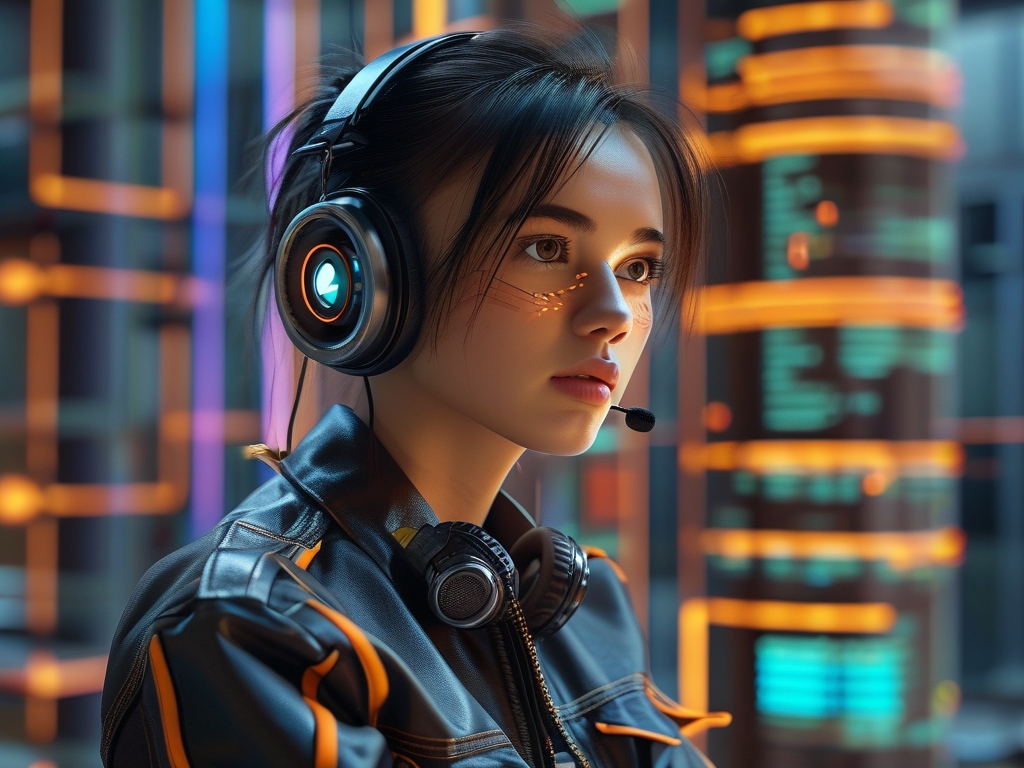The intersection of mechanical engineering and algorithm development is becoming increasingly prominent in today’s technology-driven industries. As automation, robotics, and smart manufacturing redefine traditional workflows, the demand for professionals who can bridge the gap between hardware design and computational problem-solving has surged. Among these roles, algorithm engineers with a mechanical engineering background are emerging as critical assets. This article explores why mechanical engineering expertise is now a sought-after qualification for algorithm engineering roles, the skills required to thrive in this hybrid career, and how aspiring professionals can prepare for this evolving landscape.

The Convergence of Mechanics and Algorithms
Mechanical engineering has long been associated with physical systems—designing machines, optimizing manufacturing processes, and analyzing material behaviors. However, the rise of Industry 4.0 and artificial intelligence (AI) has transformed these systems into data-rich environments. Modern machinery generates vast amounts of operational data, and optimizing performance now relies heavily on algorithms for predictive maintenance, real-time control, and energy efficiency. For example, robotic arms in assembly lines depend on motion-planning algorithms, while autonomous vehicles require sensor fusion algorithms to interpret mechanical and environmental inputs.
This shift creates a unique niche for mechanical engineers who understand both the physical constraints of systems and the computational tools to enhance them. Unlike pure software engineers, mechanical engineers bring domain-specific insights—such as thermal dynamics, fluid mechanics, or structural integrity—that are vital for designing realistic, deployable algorithms.
Why Mechanical Engineers Excel in Algorithm Roles
-
Strong Foundation in Mathematical Modeling
Mechanical engineering curricula emphasize applied mathematics, including differential equations, linear algebra, and numerical methods. These skills are directly transferable to algorithm development, particularly in areas like simulation, optimization, and control systems. For instance, finite element analysis (FEA) software used in mechanical design relies on algorithms that solve complex partial differential equations—a task familiar to mechanical engineers. -
System-Level Thinking
Mechanical engineers are trained to analyze systems holistically, considering interactions between components. This mindset aligns with algorithm engineering, where solutions must account for hardware limitations, sensor accuracy, and real-world variability. A mechanical engineer designing a drone’s stabilization algorithm, for example, would inherently factor in aerodynamics, motor torque, and weight distribution. -
Experience with Physical Prototyping
Hands-on experience with prototyping and testing physical systems provides mechanical engineers with a pragmatic approach to problem-solving. They understand the gap between theoretical models and practical implementation, enabling them to develop algorithms that are robust under real-world conditions.
Key Skills for Mechanical Engineers Transitioning to Algorithm Roles
While mechanical engineers possess a strong foundational skill set, transitioning to algorithm engineering requires upskilling in several areas:
-
Programming Proficiency
Mastery of programming languages like Python, MATLAB, or C++ is essential. Python dominates AI and machine learning (ML) due to its extensive libraries (e.g., TensorFlow, PyTorch), while C++ remains critical for real-time embedded systems. -
Data Structures and Algorithms
Understanding computational efficiency—such as time complexity or memory optimization—is crucial for writing scalable code. Courses in algorithm design or competitive programming can strengthen this competency. -
Machine Learning and AI
Familiarity with supervised/unsupervised learning, neural networks, and reinforcement learning enables engineers to develop adaptive algorithms. Applications range from predictive maintenance in industrial equipment to computer vision in robotic systems. -
Control Systems and Robotics
Knowledge of PID controllers, state-space models, and ROS (Robot Operating System) is highly valued in automation and robotics industries.
Industry Applications and Opportunities
Mechanical engineers-turned-algorithmists are making waves across sectors:
- Autonomous Vehicles: Developing perception algorithms that integrate LiDAR, radar, and camera data while accounting for vehicle dynamics.
- Smart Manufacturing: Creating optimization algorithms for additive manufacturing (3D printing) or CNC machining.
- Energy Systems: Designing AI-driven models for wind turbine efficiency or battery management in EVs.
- Healthcare Robotics: Engineering motion-planning algorithms for surgical robots or exoskeletons.
Companies like Tesla, Siemens, and Boston Dynamics actively seek professionals with this dual expertise. Startups in agritech, drone delivery, and industrial IoT also offer opportunities for innovation.
Educational Pathways and Resources
Aspiring algorithm engineers can pursue hybrid degrees (e.g., MS in Robotics or Mechatronics) or supplement their education with online courses:
- Coursera: “Machine Learning” by Andrew Ng, “Self-Driving Cars” by University of Toronto.
- edX: “Robotics MicroMasters” by UPenn.
- Books: Python for Mechanical and Aerospace Engineering by Alex Kenan, Algorithm Design Manual by Steven Skiena.
Certifications in AI (e.g., NVIDIA Deep Learning Institute) or cloud platforms (AWS, Azure) further enhance employability.
The fusion of mechanical engineering and algorithm development represents a paradigm shift in how industries solve complex problems. Mechanical engineers bring irreplaceable domain knowledge to the table, enabling them to design algorithms that are not only computationally sound but also physically viable. As technology continues to evolve, this interdisciplinary skill set will remain in high demand, offering lucrative and impactful career opportunities. For mechanical engineers willing to embrace coding and AI, the future is bright—and algorithmic.









